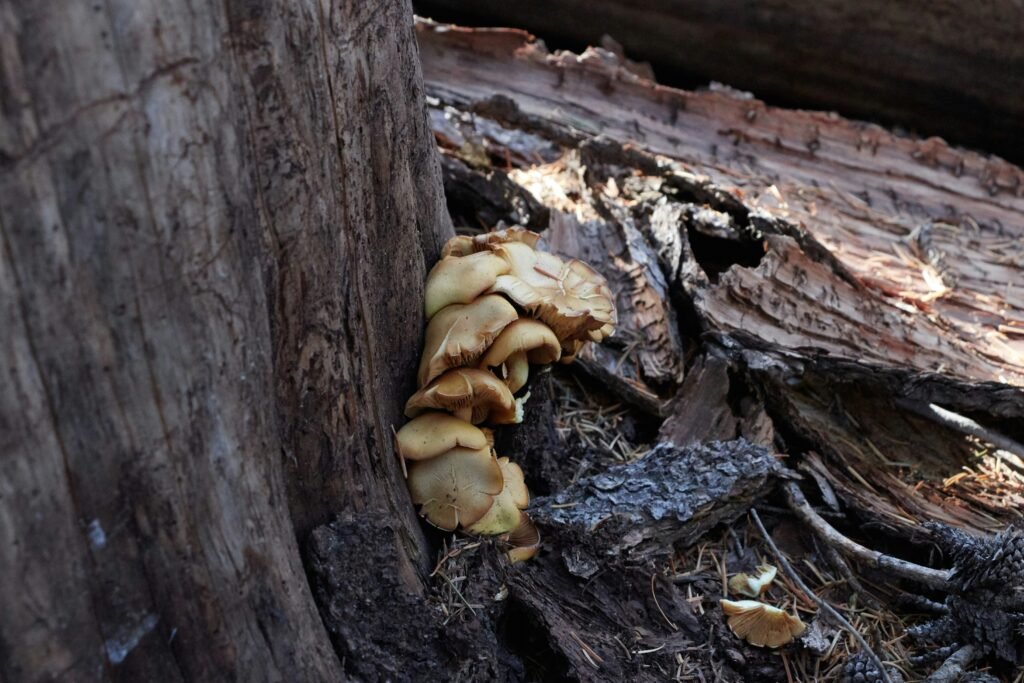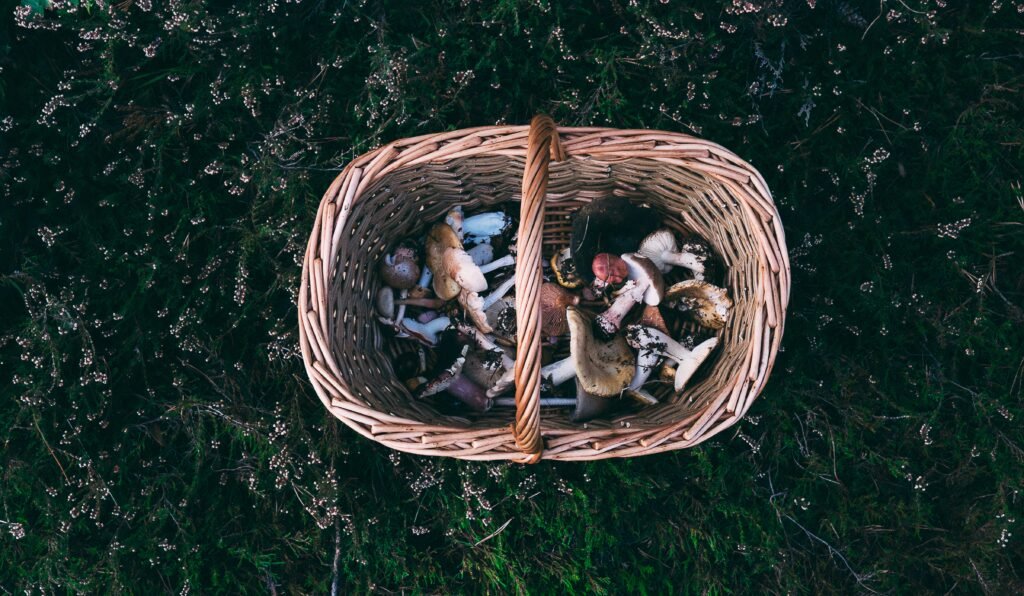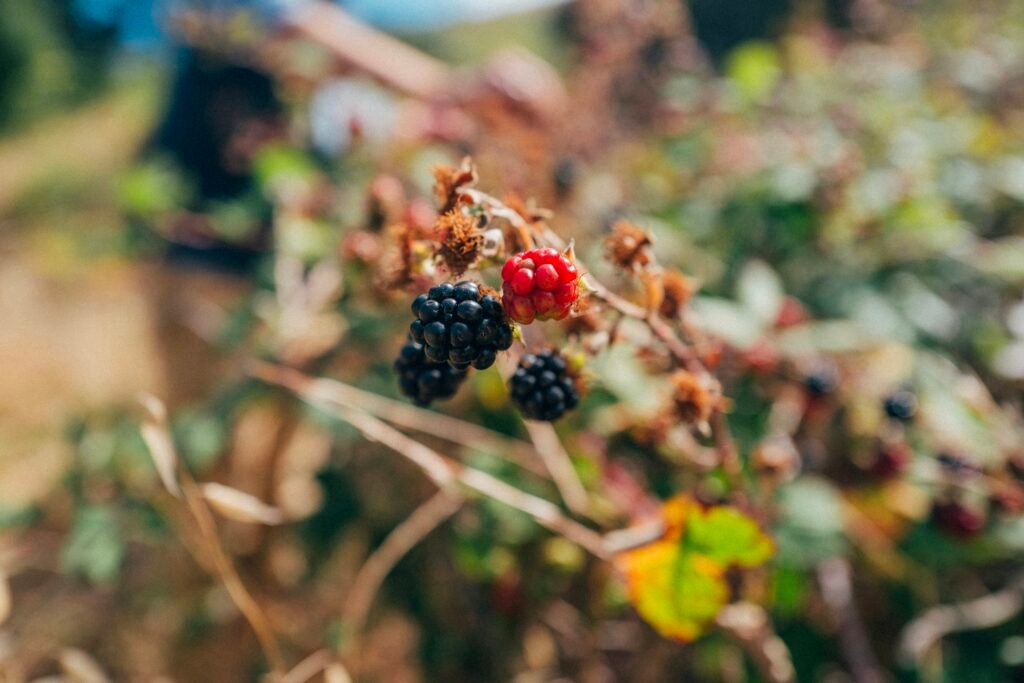Welcome to the enchanting world of foraging along the Rocky Mountains! Get ready to embark on a journey of discovery as you explore the bountiful mushroom foraging spots nestled amidst the majestic peaks and lush forests of this iconic mountain range. From the mesmerizing views to the diverse ecosystems, you’ll uncover a treasure trove of regional spotlights, safety guidelines, foraging techniques, culinary and medicinal uses, community celebrations, conservation efforts, and engaging personal stories that will inspire you to connect with nature in a whole new way. So grab your basket and magnifying glass – it’s time to dive into the immersive world of foraging along the Rocky Mountains!
The Best Foraging Spots Along The Rocky Mountains
If you’re an avid forager looking for the perfect spots to gather mushrooms in the picturesque Rocky Mountains, you’re in luck! The Rocky Mountain region offers a diverse array of ecosystems and landscapes that are rich in mushroom biodiversity. From the lush forests of Colorado to the alpine meadows of Wyoming, there are plenty of opportunities to explore and forage for a variety of mushroom species. In this guide, we’ll explore some of the best foraging spots along the Rocky Mountains and provide you with tips and insights on how to make the most of your foraging experience.

Exploring the Rocky Mountains
Before we dive into the specific foraging spots, let’s take a moment to appreciate the beauty and unique ecological features of the Rocky Mountains. Spanning over 3,000 miles from New Mexico to British Columbia, the Rockies are home to a diverse range of ecosystems, from high alpine tundra to lush montane forests. This varied terrain provides an ideal habitat for a wide variety of mushroom species, making the region a forager’s paradise.
The Best Foraging Spots in Colorado
Colorado is known for its stunning mountain landscapes and abundant wildlife, but it’s also a prime destination for mushroom foraging. The state’s diverse ecosystems offer a wealth of mushroom species to discover, from prized edible varieties to rare and unique fungi. Some of the best foraging spots in Colorado include:
- Rocky Mountain National Park: Located in north-central Colorado, this iconic national park is home to a diverse array of mushroom species, including chanterelles, porcini, and morels. The park’s high elevation and lush forests make it an ideal foraging destination for both beginners and seasoned foragers.
- San Juan Mountains: Situated in southwestern Colorado, the San Juan Mountains boast a rich diversity of mushrooms, thanks to their high elevation and varied terrain. From pine forests to quaking aspen groves, there’s no shortage of mushroom habitats to explore in this stunning mountain range.
- Pike National Forest: Just a short drive from Denver, Pike National Forest offers ample opportunities for mushroom foraging, with its mix of coniferous forests, aspen stands, and riparian areas. Keep an eye out for gourmet species like king boletes, hedgehogs, and more as you explore this scenic forest.
Foraging Tips and Techniques
When exploring the Rocky Mountains in search of mushrooms, it’s essential to follow some basic foraging tips and techniques to ensure a safe and enjoyable experience:
- Be Prepared: Before setting out on your foraging expedition, make sure to research the mushroom species you’re looking for, as well as any toxic look-alikes. It’s also a good idea to bring along a field guide or smartphone app for mushroom identification.
- Respect the Environment: While foraging, be sure to tread lightly and leave no trace behind. Avoid damaging vegetation or disturbing wildlife habitats, and always follow local regulations regarding foraging in public lands.
- Harvest Responsibly: Only pick mushrooms that you can positively identify as safe for consumption, and avoid overharvesting any one area. Remember that mushrooms play a critical role in forest ecosystems, so it’s essential to harvest sustainably and responsibly.
Culinary and Medicinal Uses of Rocky Mountain Mushrooms
In addition to their natural beauty and ecological importance, Rocky Mountain mushrooms also have a rich culinary and medicinal heritage. Many indigenous cultures in the Rockies have long used mushrooms for their nutritional and healing properties, making them an essential part of the local food and medicine traditions. Some common culinary and medicinal uses of Rocky Mountain mushrooms include:
- Morels: These prized mushrooms are popular in gourmet cuisine for their nutty flavor and distinctive texture. Morels are also believed to have antioxidant and anti-inflammatory properties, making them a sought-after ingredient in traditional medicine.
- Chanterelles: Known for their delicate flavor and golden color, chanterelles are a favorite among chefs and foragers alike. These mushrooms are rich in vitamins and minerals, and are often used in traditional herbal remedies for their immune-boosting and anti-inflammatory properties.
- Boletes: With their meaty texture and savory taste, boletes are a versatile mushroom that can be used in a variety of dishes, from soups and stews to risottos and pasta dishes. Boletes are also valued for their medicinal properties, including anti-inflammatory and immune-boosting effects.

Connecting with the Foraging Community
Foraging for mushrooms in the Rocky Mountains is not just a solitary pursuit – it’s also an opportunity to connect with a vibrant and passionate community of fellow foragers, mycologists, and nature enthusiasts. There are many ways to get involved and share your love of mushrooms with others, including:
- Join a Foraging Group: Look for local foraging clubs or mycological societies in your area to connect with like-minded individuals and participate in group forays. These groups often host workshops, foraging expeditions, and educational events to help you learn more about mushrooms and their habitats.
- Attend Mushroom Festivals: Throughout the Rockies, there are various mushroom festivals and events that celebrate the diversity and beauty of wild mushrooms. These festivals are a great way to meet fellow foragers, sample mushroom-inspired dishes, and learn from expert speakers about the fascinating world of mycology.
- Volunteer for Conservation Efforts: Consider volunteering with local conservation organizations or land trusts to help protect and preserve the natural habitats where mushrooms grow. By giving back to the environment, you can ensure that future generations can continue to enjoy the wonders of foraging in the Rocky Mountains.
Conservation and Sustainability in Foraging
As you embark on your mushroom foraging adventures in the Rocky Mountains, it’s essential to keep in mind the importance of conservation and sustainability. Responsible foraging practices can help to ensure the long-term health and viability of mushroom populations and their habitats, preserving these natural treasures for future generations. Some key principles to follow for sustainable foraging include:
- Leave No Trace: When foraging, always follow the principles of “leave no trace” and minimize your impact on the environment. Avoid trampling vegetation, disturbing wildlife, or leaving behind any litter or debris. By practicing good stewardship, you can help protect fragile ecosystems and preserve biodiversity.
- Harvest Mindfully: Take only what you need and avoid collecting more mushrooms than you can use. Harvest from a variety of locations to minimize pressure on any one area, and consider leaving behind some mushrooms to allow for future growth and reproduction.
- Support Conservation Efforts: Get involved in local conservation initiatives, habitat restoration projects, or citizen science programs that aim to protect and preserve mushroom habitats in the Rockies. By contributing your time and expertise, you can make a positive impact on the environment and ensure that wild mushrooms continue to thrive.

Conclusion
Exploring the best foraging spots along the Rocky Mountains is a rewarding and enriching experience that allows you to connect with nature, discover unique mushroom species, and engage with a passionate community of fellow foragers. By following the tips and insights shared in this guide, you can make the most of your foraging adventures in this spectacular region and contribute to the conservation and sustainability of Rocky Mountain mushrooms. So grab your basket, lace up your boots, and set out on a journey of discovery and wonder among the breathtaking landscapes of the Rockies. Happy foraging!
